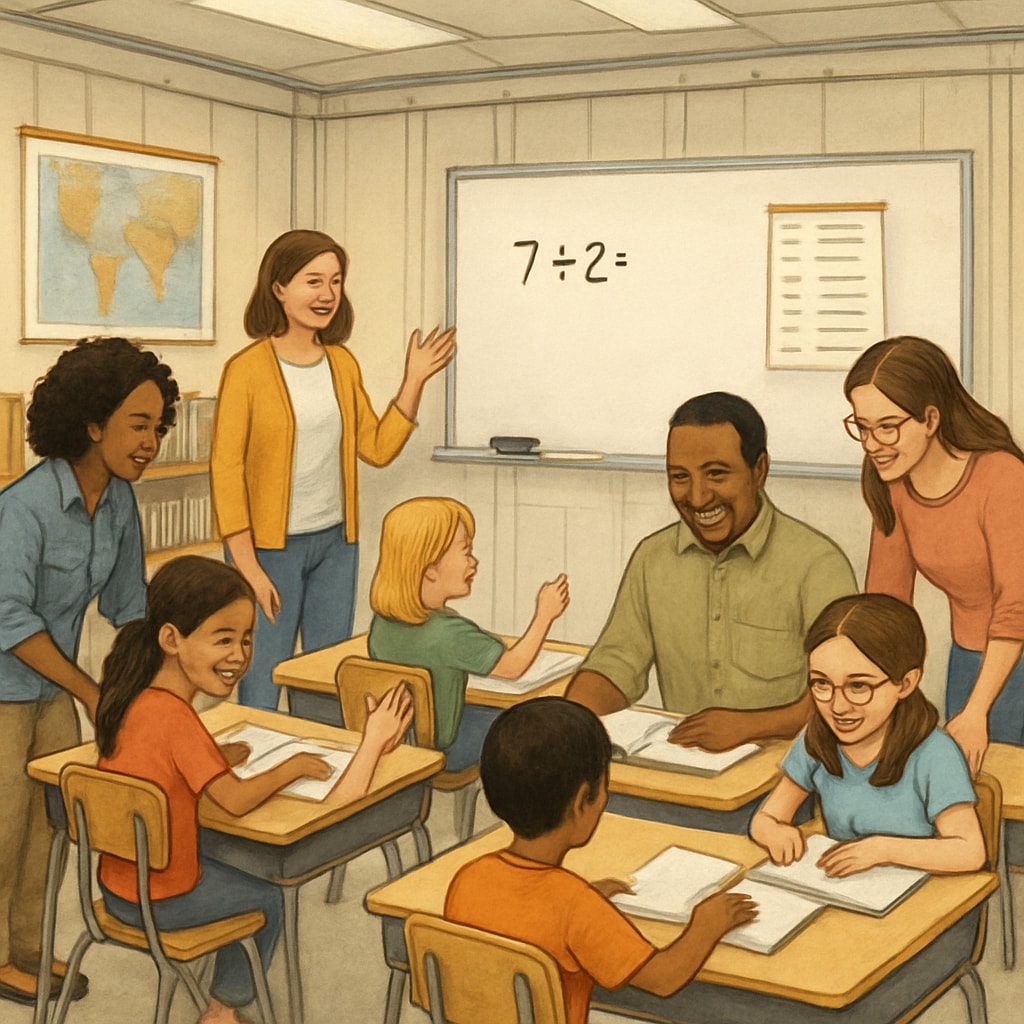Changes in school environments, such as relocating elementary students to temporary classrooms within high school campuses, can have profound effects on children’s development. These shifts often challenge students’ sense of stability, influencing their learning experience, social interactions, and emotional well-being. By fostering collaboration between schools and parents, it is possible to create a supportive environment that helps children adapt and thrive during such transitions. This article delves into the impacts of temporary school settings and offers strategies to facilitate positive outcomes.
Understanding the Challenges of Temporary School Environments
When elementary school children are moved to temporary classrooms, especially within unfamiliar settings like high school campuses, they encounter unique challenges. These challenges may include:
- Social adjustment: Younger students might feel intimidated by the presence of older peers in high school settings.
- Physical environment: High school campuses are often designed for older students, with larger furniture, complex layouts, and unfamiliar facilities.
- Emotional impact: The disruption of routine and familiar surroundings can lead to stress and anxiety among young learners.
For example, studies have shown that changes in physical and social environments can disrupt students’ sense of security, which is crucial for effective learning (Child Development on Britannica).

The Role of Parental Involvement in Supporting Transitions
Parental involvement plays a pivotal role in helping children navigate the challenges of temporary school environments. By actively participating in their child’s education, parents can foster resilience and adaptability. Key strategies include:
- Open communication: Encourage children to express their feelings about the transition and validate their emotions.
- Collaborating with teachers: Parents can work closely with educators to address specific needs and concerns.
- Creating consistency: Maintaining routines at home can provide a sense of stability for children.
In addition, schools can support parents by offering workshops or resources on how to address the emotional and academic needs of their children during transitions (Parental Involvement on Wikipedia).

Building a Positive Temporary School Environment
Schools can take proactive measures to create a positive atmosphere in temporary environments. These measures may include:
- Adapting facilities: Modifying classrooms to suit the needs of younger students, such as providing appropriately sized furniture and visual aids for navigation.
- Fostering community: Organizing activities that encourage interaction between elementary and high school students to reduce intimidation and build connections.
- Providing emotional support: Offering counseling services to help students cope with stress and anxiety.
By addressing both physical and emotional needs, schools can help ensure that temporary settings do not hinder students’ academic and social development.
Conclusion: Temporary school environments, while challenging, can become opportunities for growth with the right support systems in place. By prioritizing collaboration between parents and educators, and by creating a child-centered approach to adaptation, students can develop resilience and thrive even amidst change.
Readability guidance: Use short paragraphs and lists to summarize key points; ensure smooth transitions with connectors such as however, therefore, and as a result. Control passive voice and long sentence proportions to maintain clarity.


